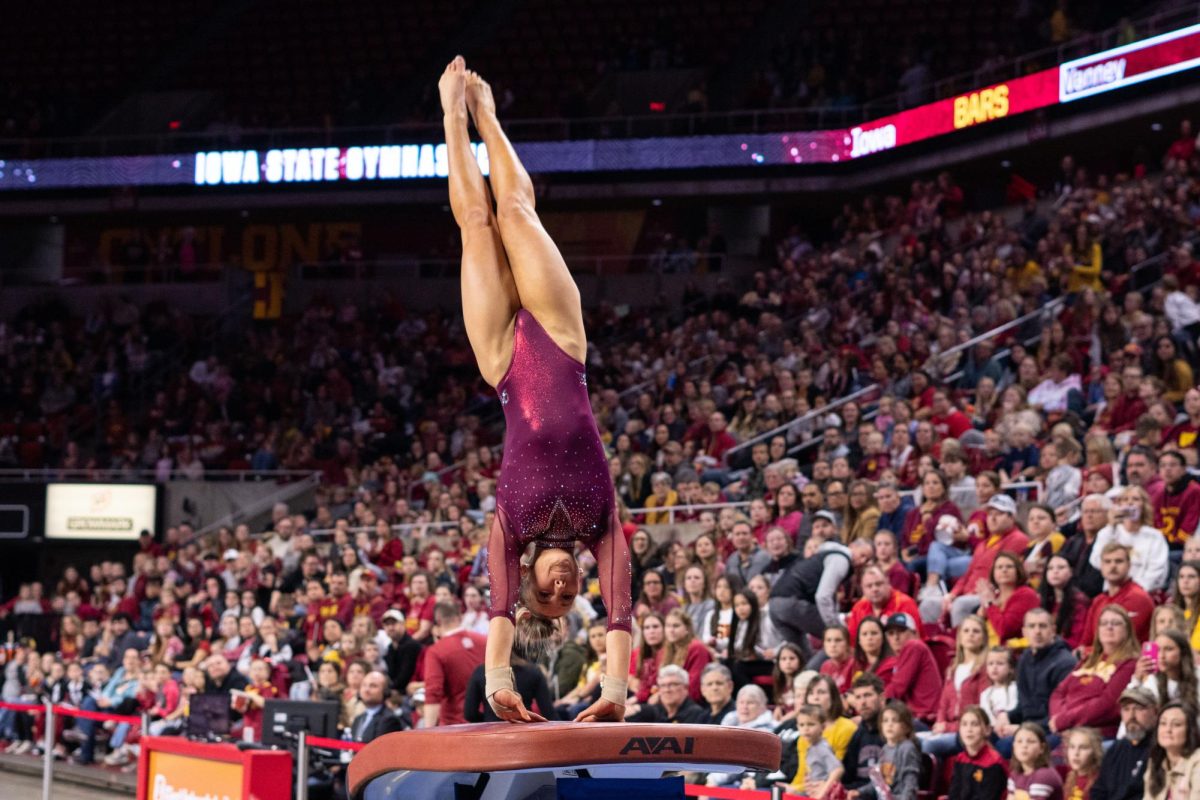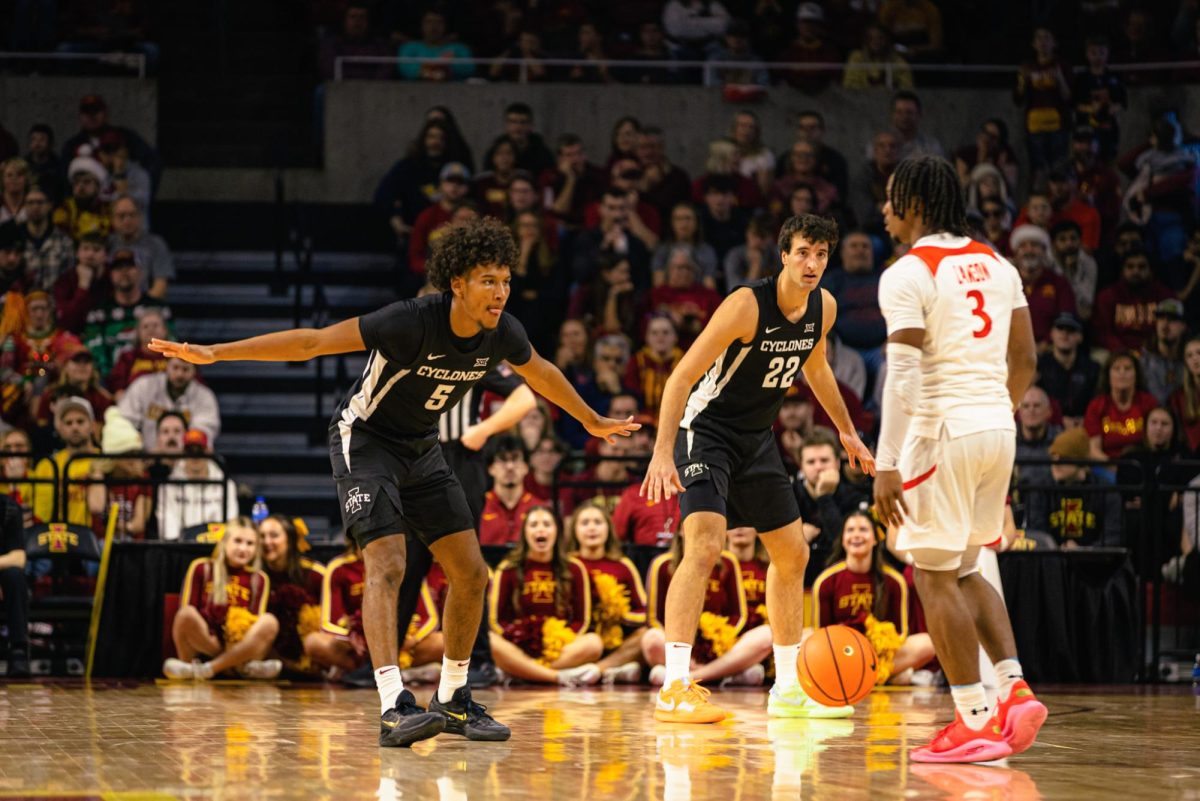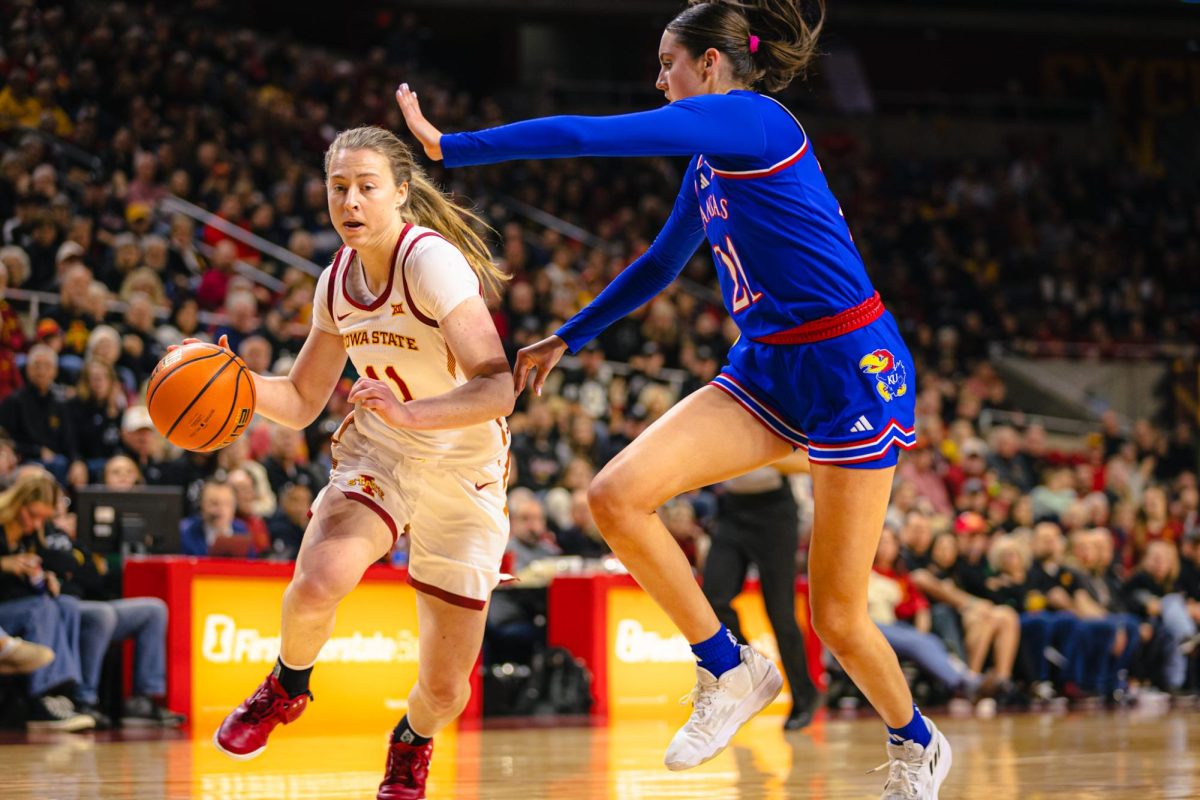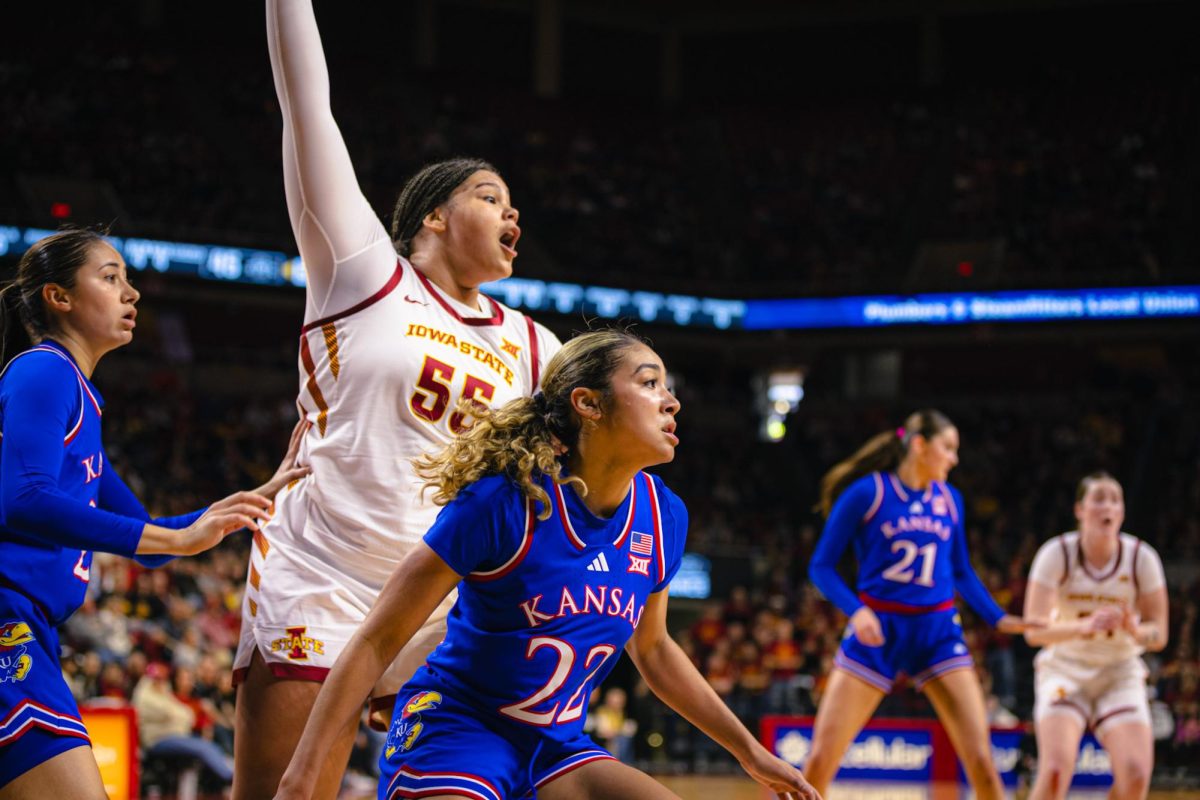Energy conservation efforts save money
November 28, 2001
Iowa State has saved more than $512,000 in heating and cooling
costs since its energy conservation campaign was launched in
July, although the progress is lagging behind the university’s
savings goal.
The goal of the campaign, developed in the face of university-wide
budget cuts, is to save $1.5 million in the current fiscal year, said
David Miller, director of facilities and utilities.
“Trying to save $1.5 million without spending additional dollars is
quite a challenge,” he said. “A 9 percent reduction in energy use in
one year – that’s a significant number.”
Although the conservation efforts aren’t on pace with $512,000
saved in five months, Miller is optimistic.
“Some think that means we can’t meet our goal,” he said.
“Actually, our ability to save money continues to go up, so we still
have a shot of making our goal.”
In line with the campaign, temperature-control systems in 80
buildings were set to 78 degrees in warm months and 68 degrees
in cold months. Systems were sometimes shut down at night and
temperatures allowed to fall or rise by 10 degrees. In previous
years, each building’s temperature was left to the discretion of the
users, and most ran about five degrees warmer or cooler than
they do now, said Warren Madden, vice president for business
and finance.
Night classes were moved to “activity areas” to minimize open
buildings. Individuals were asked to turn off equipment and lights
when not in use, Miller said.
The campaign has been successful, Miller said, because many
people supported and contributed to the idea from the beginning.
Once the policy was implemented, Miller offered meetings every
Thursday evening to building users to get feedback. Department
staff then responded by making adjustments.
Building users were allowed to request exemptions, too.
“We have a whole notebook full of exemptions,” Miller said. “We’re
not in a position to gauge what people need to carry out their work.
That’s better done at the college level. If they honestly need that for
their research, we want to support that.”
When Miller’s department staff gets past the current challenges,
he said, they hope to look at more creative ways to conserve
energy and reduce environmental impacts.
Madden said Iowa State has long tried to be environmentally
friendly. He cited the green spaces on campus as an example.
“Trees and shrubs are planted not only for aesthetics, but also to
provide shade for buildings and walkways in the summer and
sunshine in the winter,” Madden said.
Iowa State minimizes chemicals used for lawn treatment and
removal of ice and snow, Madden said. The ISU campus also
uses biodegradable trash bags, soy inks and recycled paper
products.
Recycling programs on campus include white-paper recycling in
most buildings and residence halls, newspaper recycling in 13
buildings and the annual phone book collection.
Used oil, tires and scrap metal also are recycled on campus, and
a yard-waste compost site is available on the southwest outskirts
of campus. Tree waste is stacked on pallets east of the Printing
and Publications building and offered free to the public.
Heather Mitchell, Government of the Student Body senator, said
GSB needs to be more conscious of student interest in recycling
and energy conservation.
“I like that there are a number of recycling areas around campus,”
said Mitchell, LAS. “Just this week, I got feedback from students
who would really like a recycling program for Hawthorn Court.”
Some ISU students are learning what it means to “green” a
college campus. The students in an environmental sociology
class taught by Clare Hinrichs, associate professor of sociology,
are conducting environmental assessments on campus this
semester.
Student groups selected a topic, such as lighting, and one
department on which to focus their technical assessment.
Hinrichs said one work group has decided to check out recycling
practices and the nature of the environmental content of paper
used at the Iowa State Daily.
Hinrichs also wants students to be interviewing the users, such
as university staff, who have to purchase new products.
“We might see something as easy to do, yet people who have to
implement the change may perceive reasons why they can’t do it,”
Hinrichs said.
The students will uncover some interesting facts, she said.
“It appears that there’s been some wonderful work done sorting
out energy efficiency issues that began because of budget crises,”
Hinrichs said.
To bring the campaign up to par with its initial goal, two areas of
the conservation campaign need improvement, Miller said.
“We need more PR, so that students, faculty, staff and visitors
know that ISU is serious about energy conservation,” he said.
“Second, we need new building standards so we’re doing
everything we can to build it right the first time.”
funfacts
– Cornell University saved more than $3 million by “getting
students and faculty out of their cars” and increasing use of public
transportation and car-pooling, saving 417,000 gallons of gas and
preventing the emissions of 6.7 million pounds of carbon
dioxide.
– Chemistry classes saved the University of Minnesota $70,000 a
year by using fewer chemicals.
– The University of Colorado at Boulder recycled 9,880 tons of
paper. Their world award winning program saved the university
$107,000 a year.
– Dartmouth saves $10,000 a year by creating fertilizer out of
kitchen food waste.
– New toilets and water fixtures at Columbia in New York saved
$235,000 in addition to 8 million cubic feet of water.
For more information on National Wildlife Federation’s studies, go
to www.nwf.org/
– Information for a 1998 report by the National Wildlife
Federation’s Campus Ecology Program, Green Investment, Green
Return.





